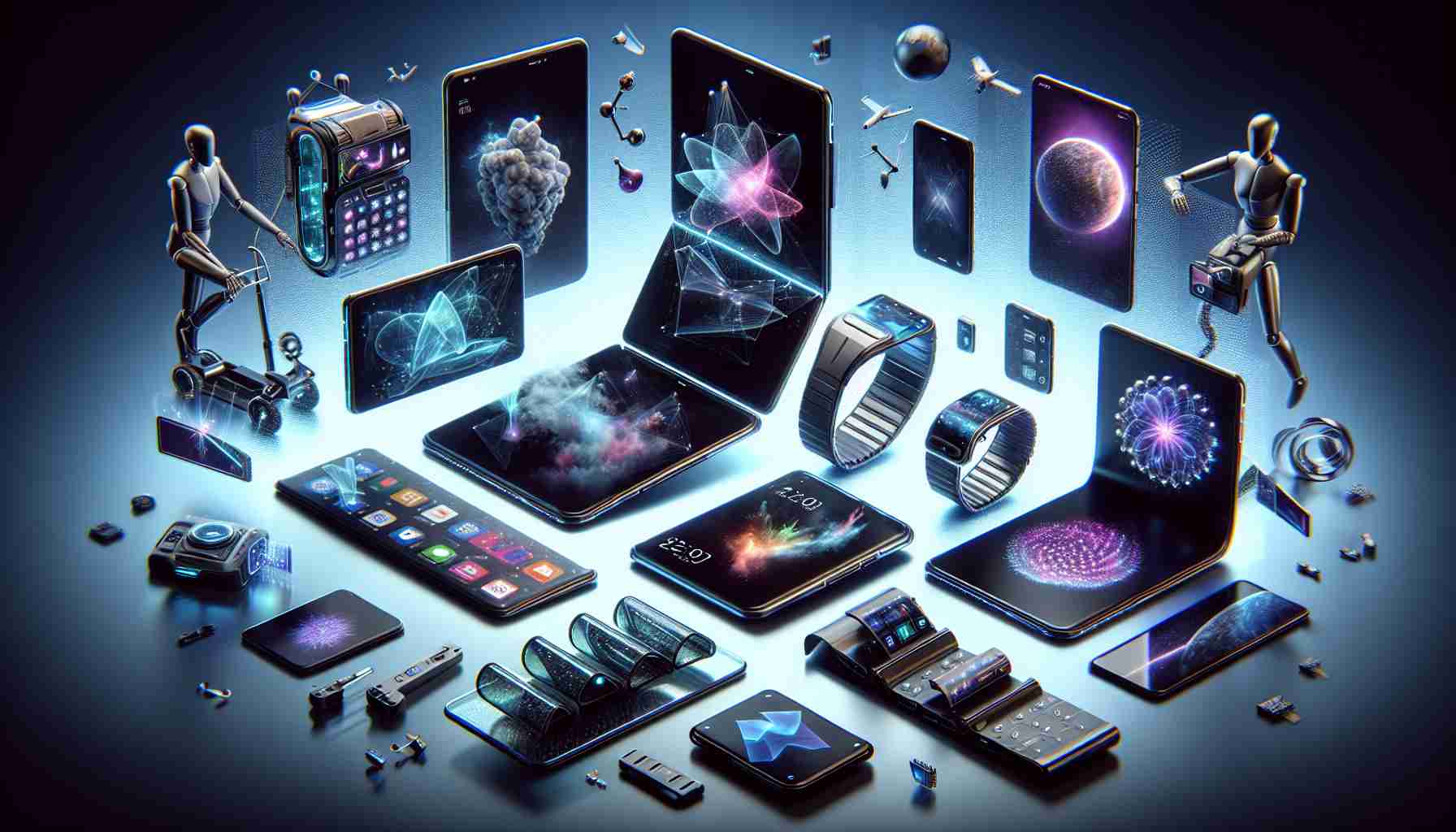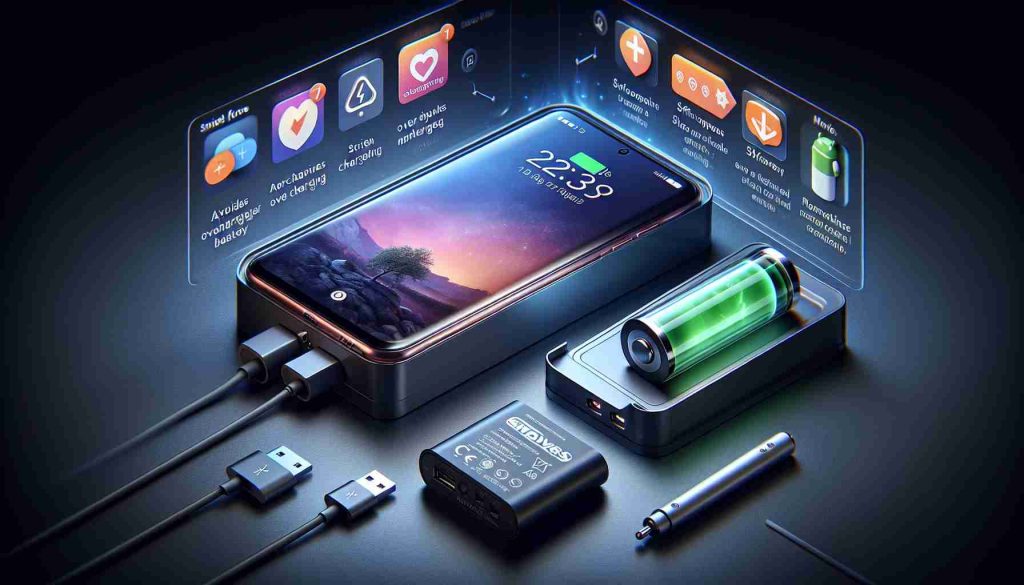As the tech industry continually evolves, foldable devices are taking center stage, captivating users with their innovative designs. Recently, the anticipated launch of Huawei’s Mate XT promises to amplify the conversation around such devices. This tri-fold phone is set to debut with a striking 10-inch display and a hefty price tag of around $4,000. Initially, it will be marketed primarily in China.
While foldable phones are a marvel of engineering, there are concerns regarding their practicality and durability. The Tecno Phantom Ultimate 2, though not destined for retail, showcased the potential of tri-fold designs, featuring advanced technology and a sleek profile. Users may feel discouraged by the price and fragility associated with such intricate devices.
Many tech enthusiasts have suggested that a foldable tablet could prove more beneficial than a tri-fold phone. A device that can transition between tablet and phone functionalities would allow for enhanced productivity and entertainment. Imagine a foldable iPad, with a larger screen and a powerful processor, seamlessly switching between applications. Such a device could redefine user experiences, combining features of both tablets and smartphones into one.
As speculation grows, there are hints that Apple may be eyeing a future with foldable tablets prior to introducing a foldable iPhone. This trend suggests a strong market demand for innovative devices that enhance usability while maintaining portability, leading to exciting developments in the tech landscape.
Exploring the Future of Foldable Technology: Innovations and Challenges Ahead
As foldable technology gains momentum within the tech industry, its potential to transform user experiences and daily interactions has been noted. This article delves deeper into the future of foldable devices, examining key questions, challenges, innovations, and their implications for consumers.
What are the latest trends in foldable technology?
Recent advancements in foldable displays have led to the development of not only smartphones but also flexible screens for laptops and wearables. Companies like Samsung and Lenovo are investing heavily in expanding foldable technology across different device categories. An example is Lenovo’s ThinkPad X1 Fold, which redefines the laptop experience by offering multiple use modes, including a traditional laptop, tablet, and even a dual-screen setup for enhanced productivity.
What are the key advantages of foldable devices?
1. Versatility: Foldable devices can provide multiple functionalities in one compact unit, effectively replacing the need for separate devices.
2. Portability: By folding, these devices can reduce their size, making them easier to carry while maintaining a larger screen real estate when unfolded.
3. Enhanced User Experience: Foldables can offer immersive experiences for both entertainment and productivity, enabling users to watch videos or multitask more efficiently than traditional devices.
What challenges and controversies exist in the foldable technology sector?
1. Durability Concerns: One of the primary challenges surrounding foldable devices is their longevity. Early models, such as Samsung’s Galaxy Fold, faced criticism for screen defects under normal usage conditions. Manufacturers are now focusing on improving the robustness of hinge mechanisms and display materials to address these issues.
2. High Costs: As mentioned, foldable devices often come with premium price tags that can discourage potential buyers. The high cost of materials and technology associated with foldable screens is a significant barrier to wider adoption.
3. Software Adaptation: To fully leverage the advantages of foldable devices, software needs to be optimized for unique screen configurations. Developers are tasked with creating applications that function seamlessly in varying display modes.
Are foldable devices a fad or the future?
While skepticism exists, many industry insiders believe foldable technology has the potential to shift device norms significantly. As production techniques improve and consumer education increases, demand could grow for these innovative devices. The critical factor will be how well manufacturers can resolve existing challenges and create a compelling value proposition for users.
Conclusion
In summary, foldable technology stands at the intersection of innovation and practicality, promising a future where devices are as versatile as their users. The ongoing developments in durability, cost reduction, and software integration will play a crucial role in determining whether foldables become ubiquitous or remain niche products. For the latest updates on foldable technology, visit CNET and TechCrunch.























